Inverse Uncertainty Quantification
Inverse uncertainty quantification (inverse UQ) is used when some of the input parameters have unknown probability distributions, known as calibration parameters. Using inverse UQ, experimental data can be propagated backward to gain insight into the statistical properties of these calibration parameters. In order to apply inverse UQ, a prior probability distribution is required for each calibration parameter before the analysis can be conducted.
Experimental data is typically available for the quantities of interest and the parameters used in experiments. There are also calibration input parameters that cannot be directly measured. For instance, consider an experiment where we want to calibrate the Young's modulus of a mechanical part. We should conduct an experiment that measures the tensile stress as a function of the specified material displacement. An inverse UQ study should then be set up to use the experimental data and prior knowledge of the Young's modulus to calibrate the probability distribution that would best reproduce the measured values of the tensile stress from the experiments. Inverse UQ can be applied to a wide range of physics-based models, including those related to structural mechanics, fluid flow, acoustics, heat transfer, electromagnetics, and chemical engineering.
To make the computation of the calibration parameters' posterior probability distributions feasible, a surrogate model is used together with a Markov chain Monte Carlo (MCMC) method. After the computation, the joint and marginal probability distributions of the calibrated input parameters can be visualized. Additionally, a confidence interval table is generated that provides information such as the mean; the standard deviation; the minimum and maximum values; and the lower- and upper-bound values corresponding to confidence levels of 90%, 95%, and 99% for each calibrated input parameter.


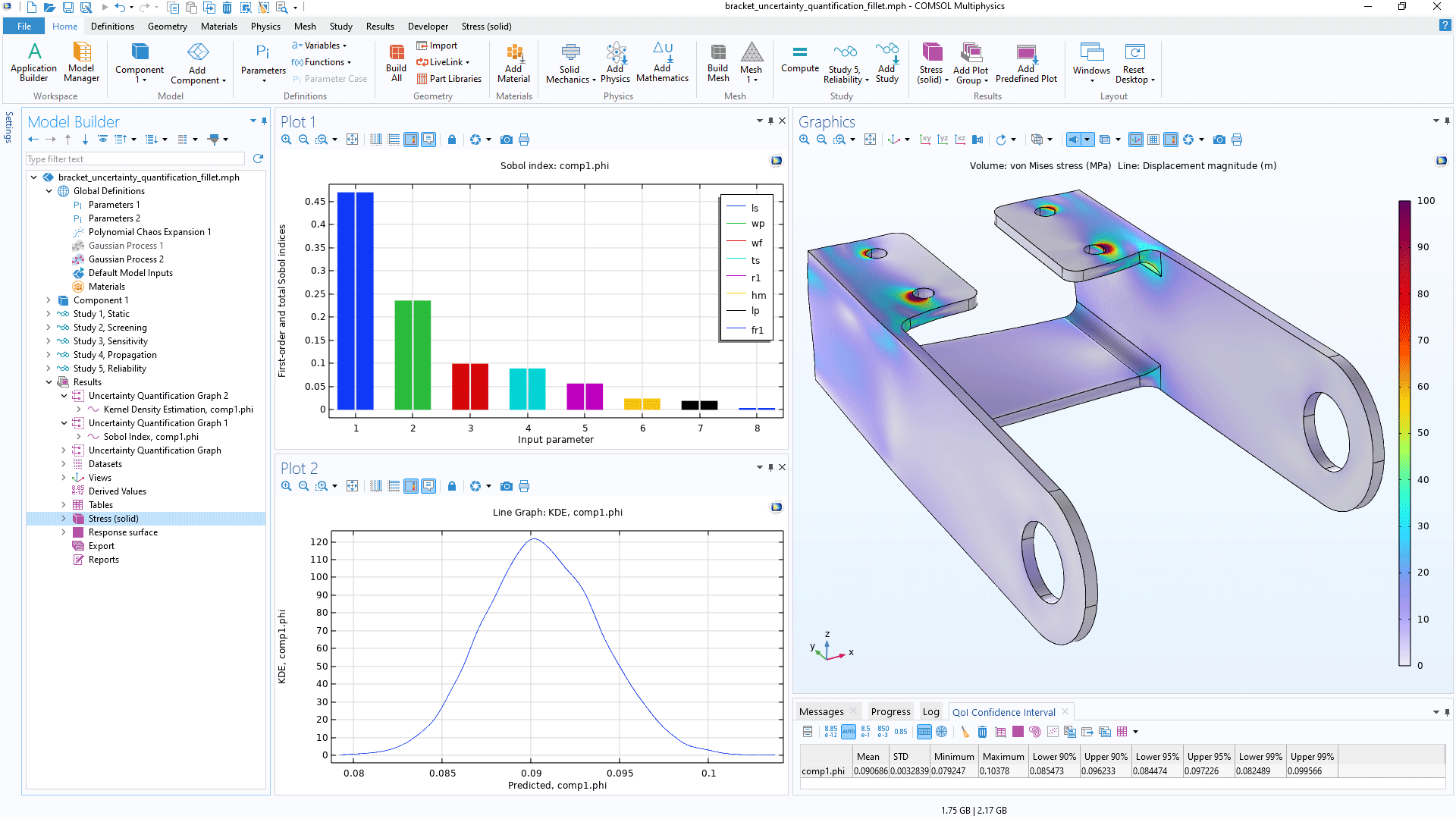
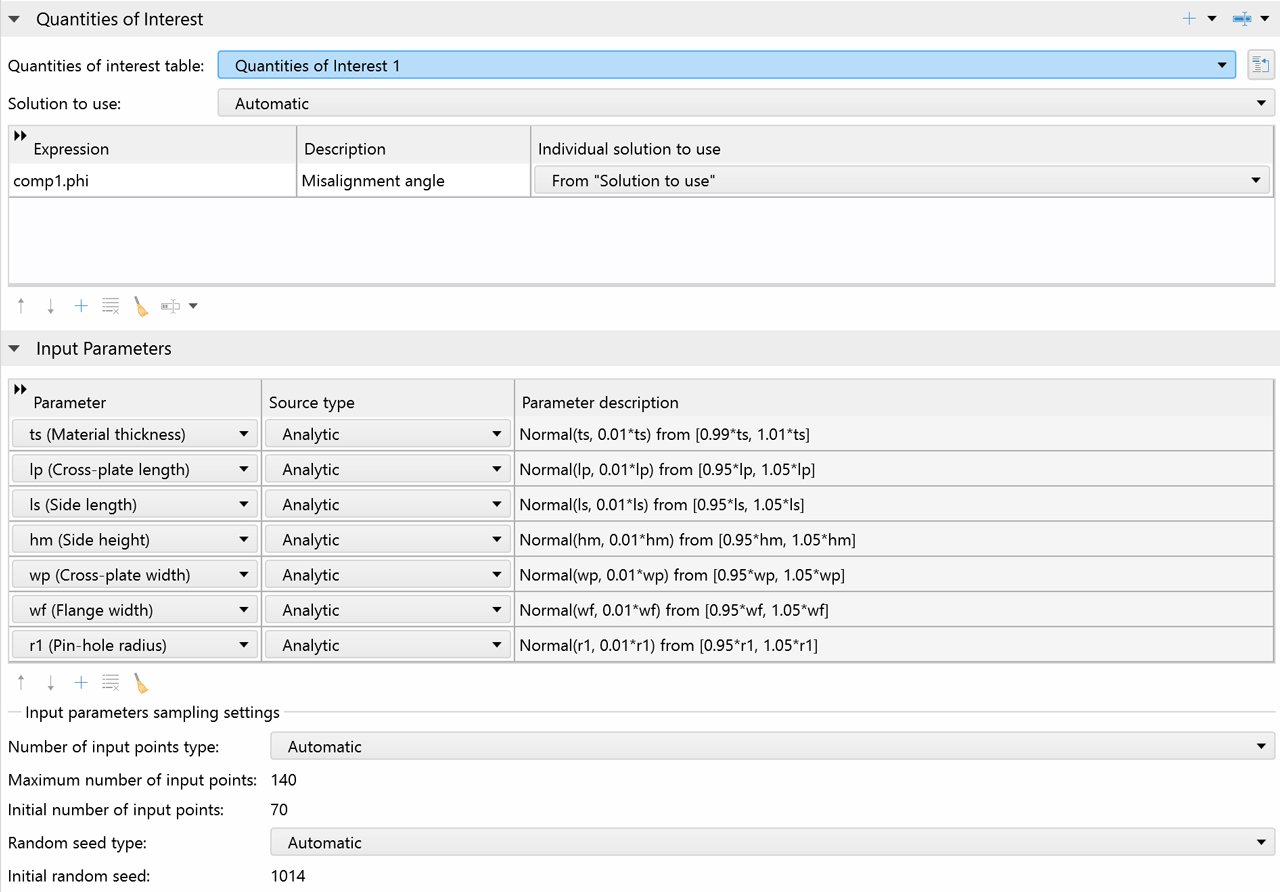
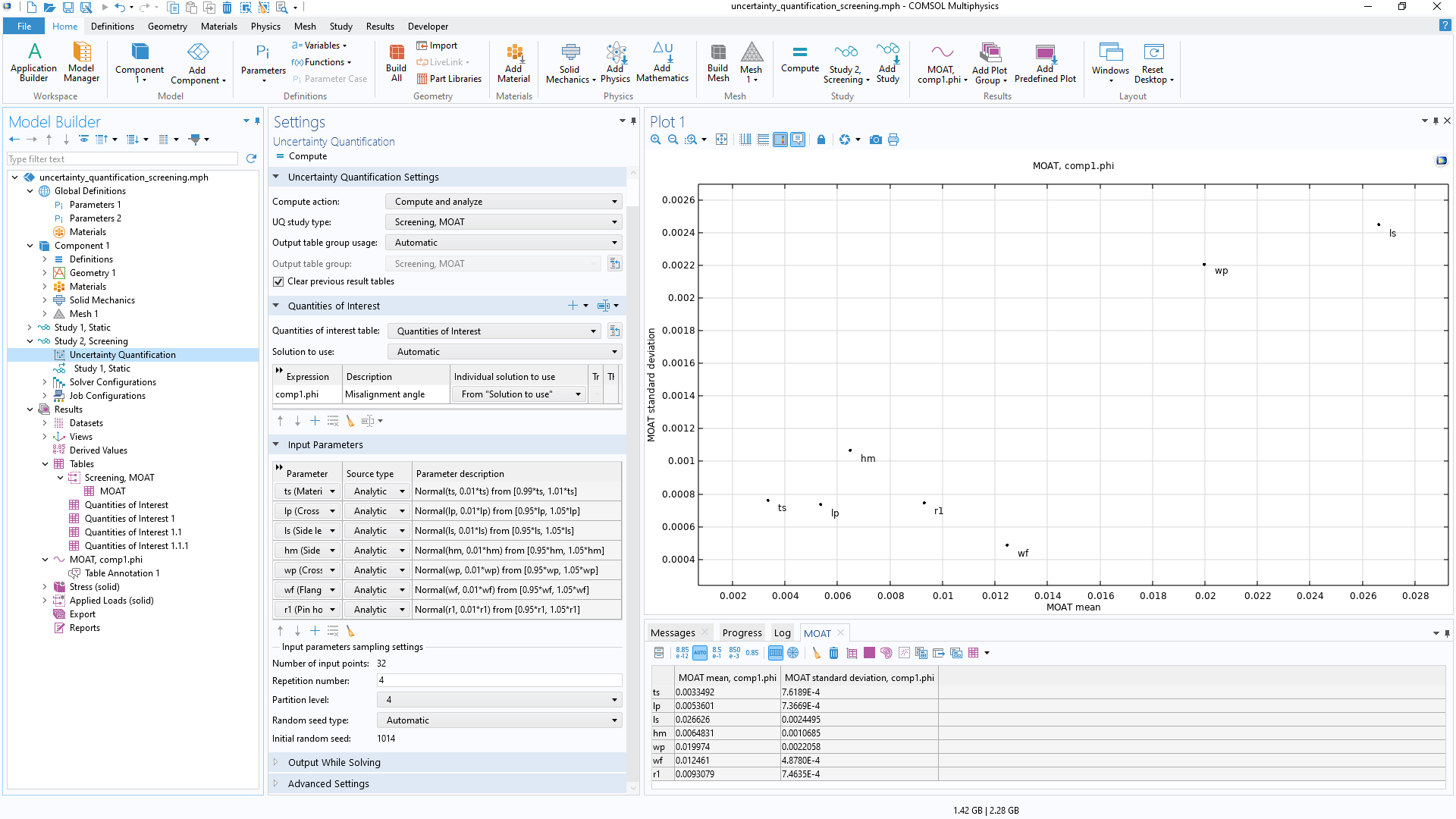
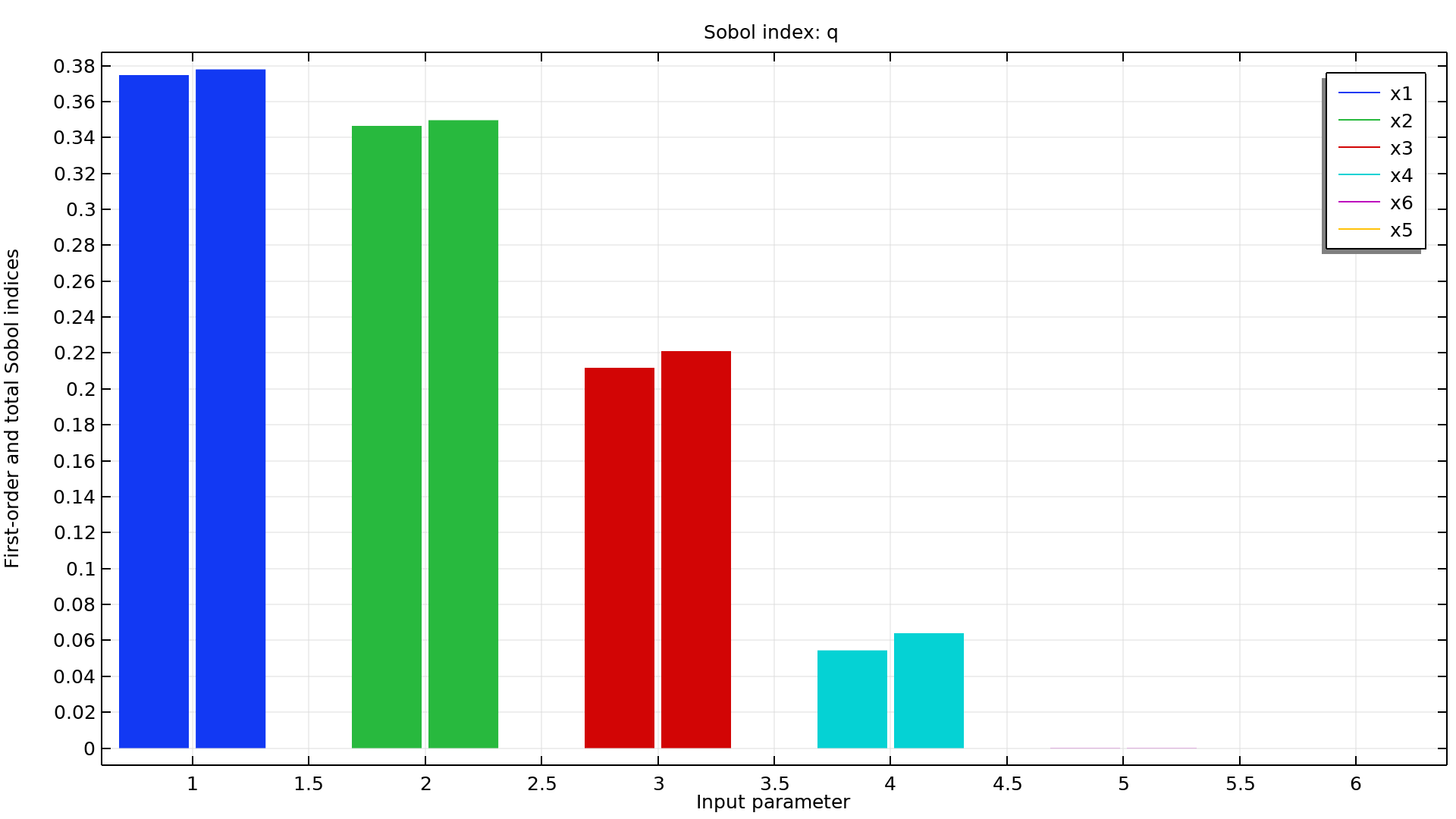
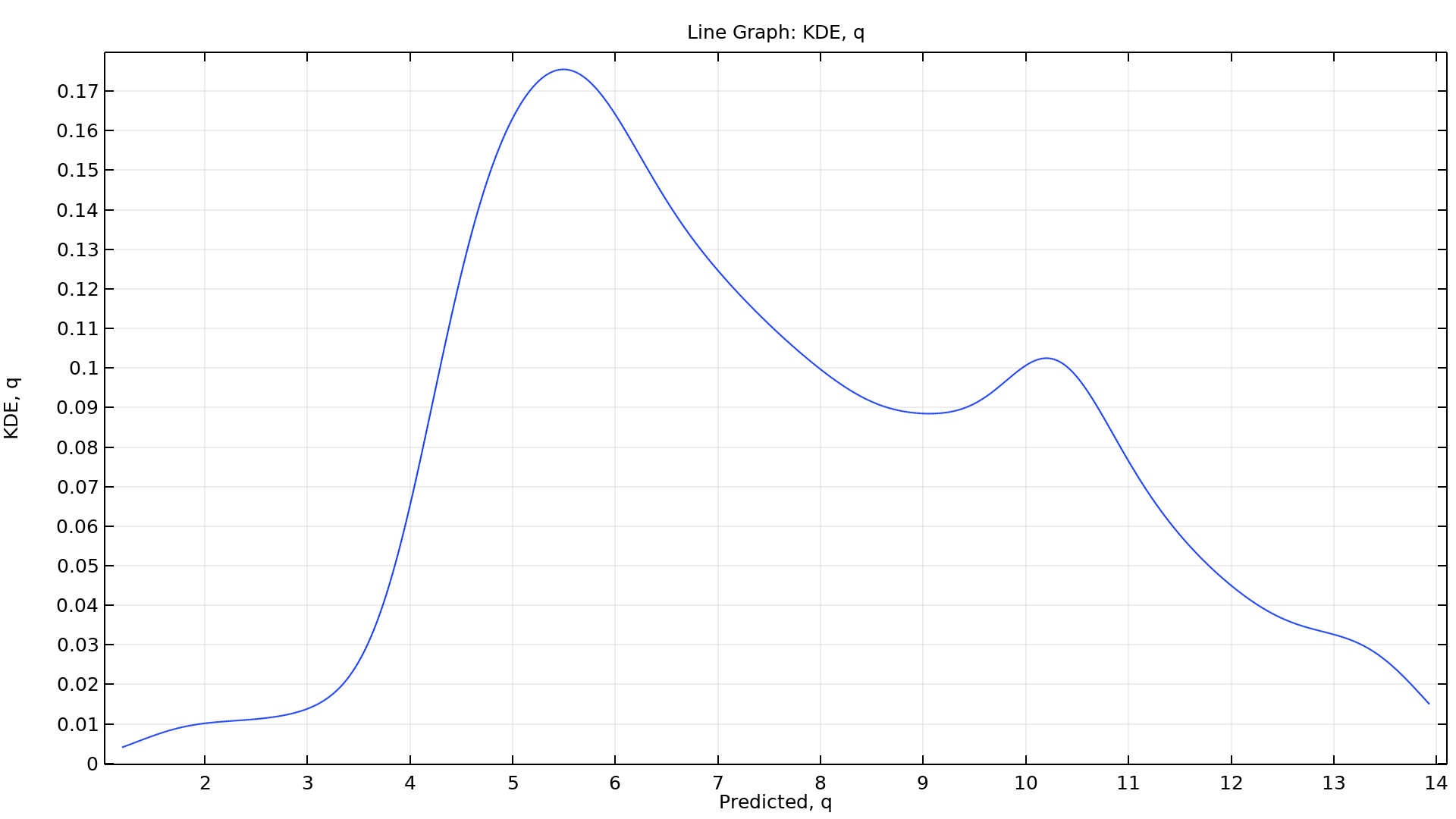
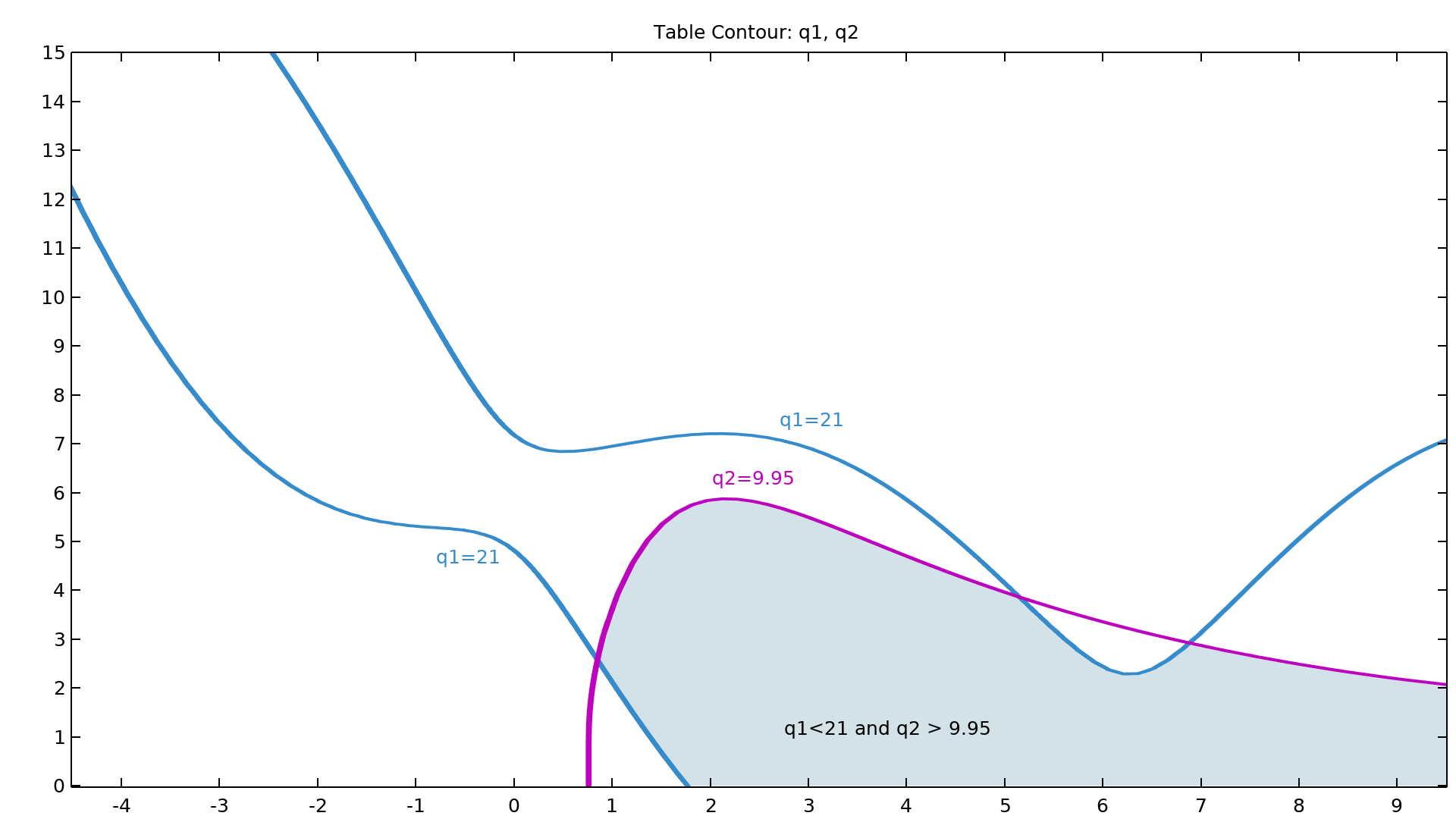
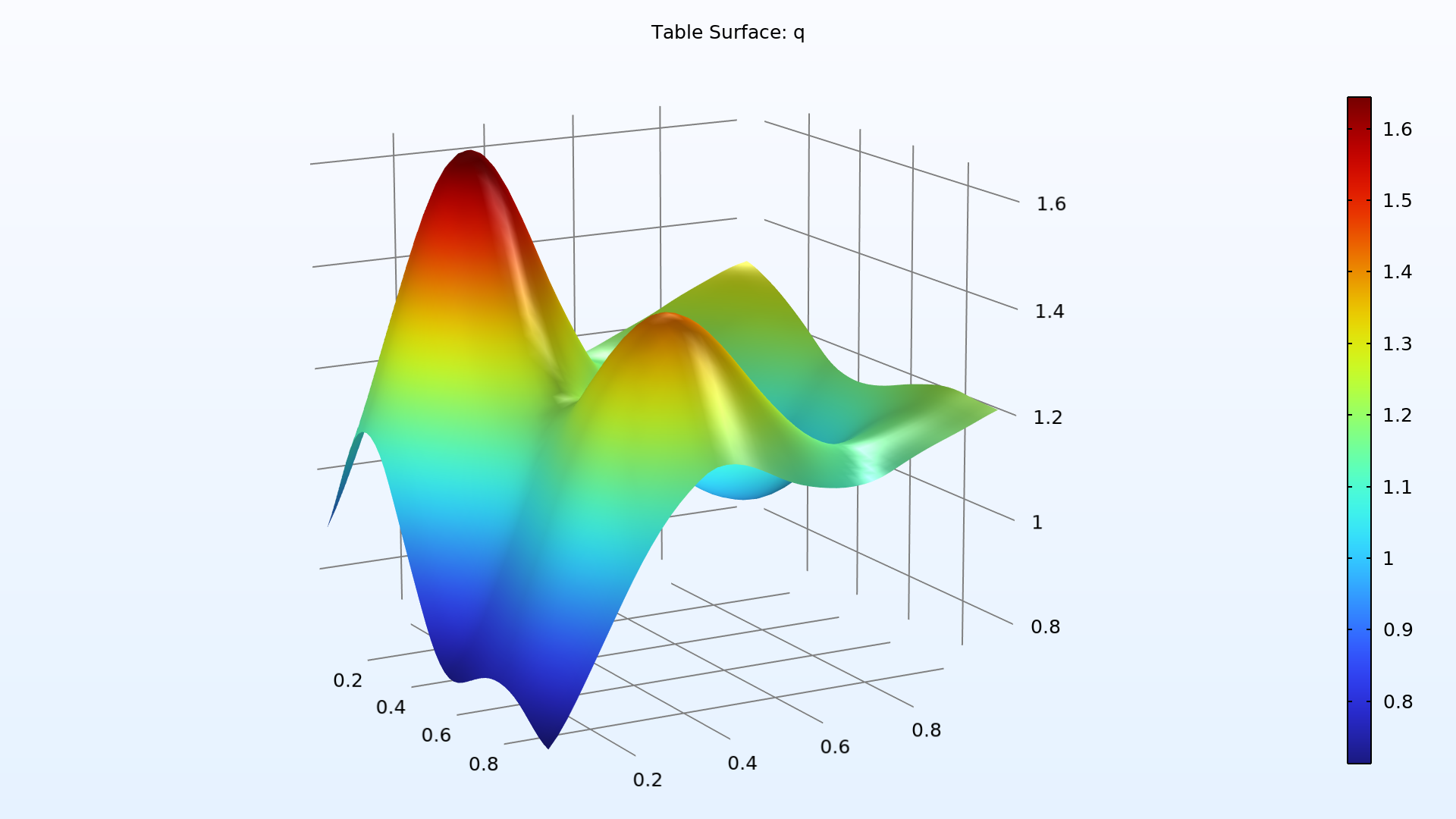
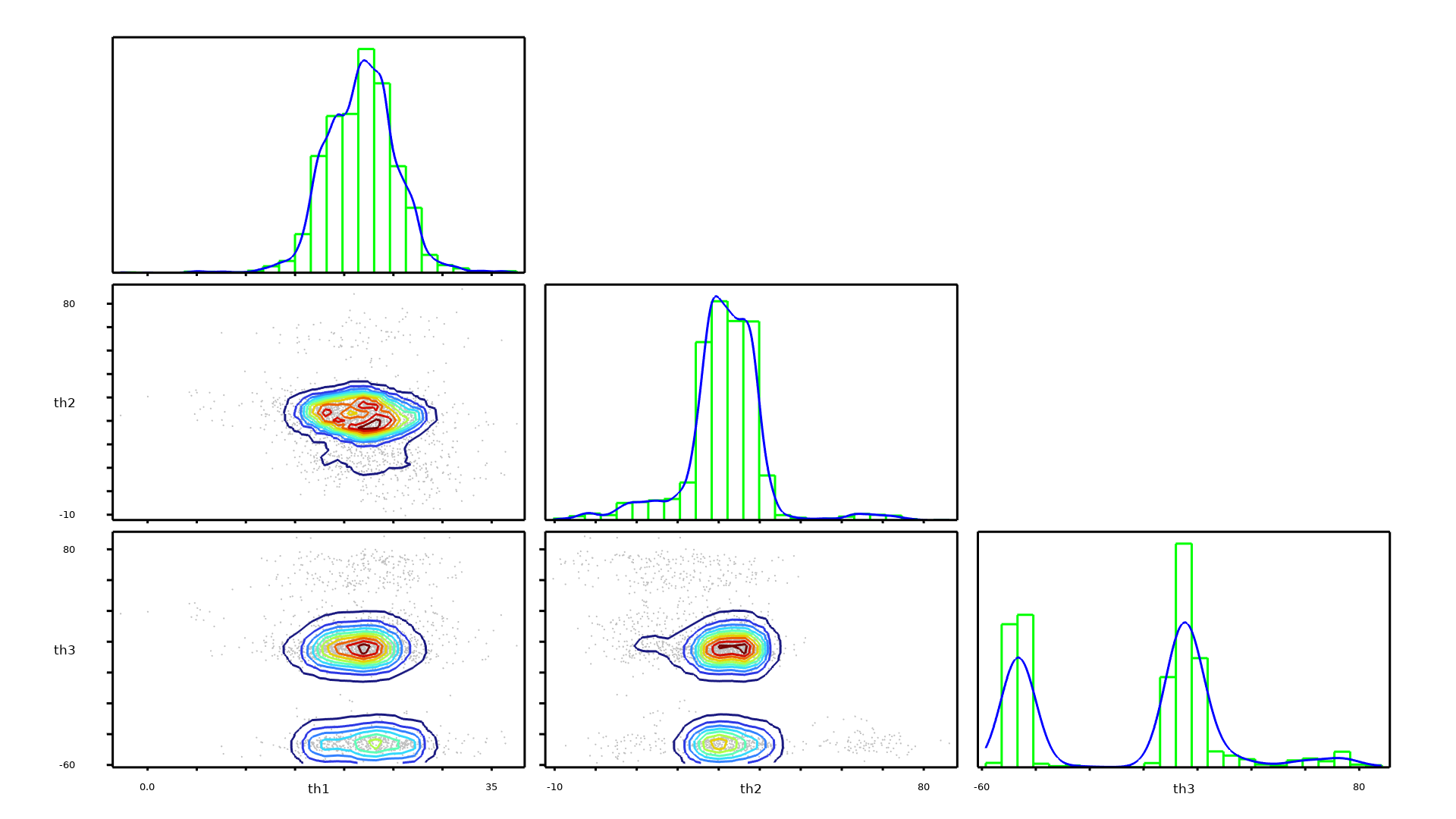
 免费咨询
免费咨询
 联系在线客服
联系在线客服